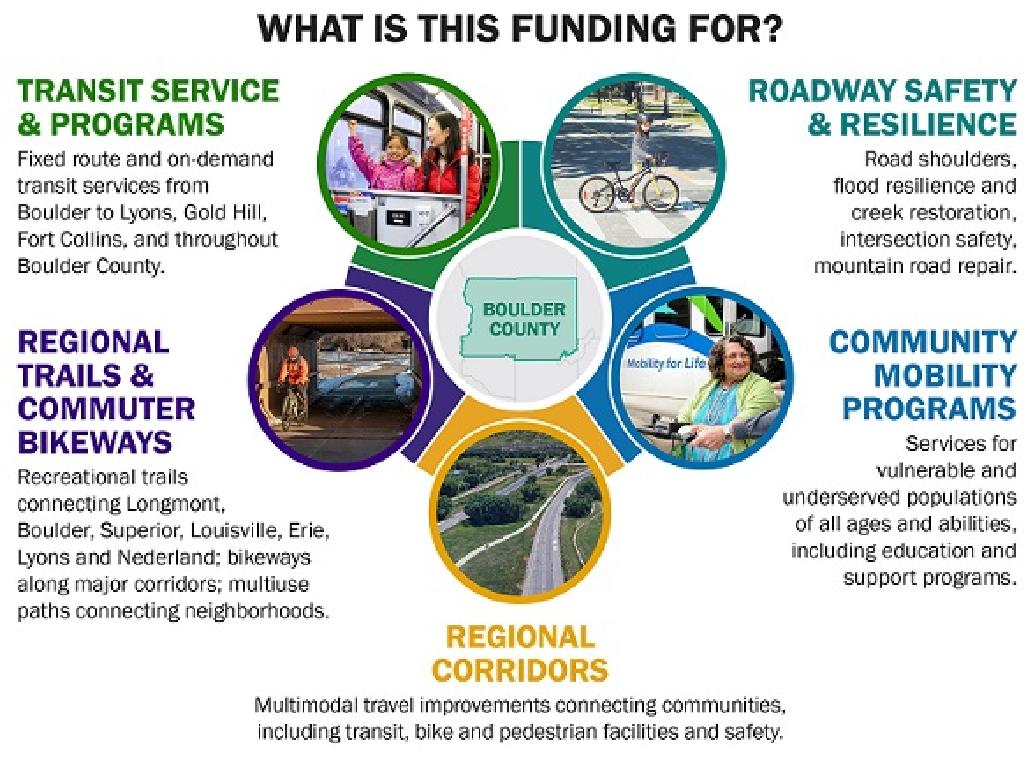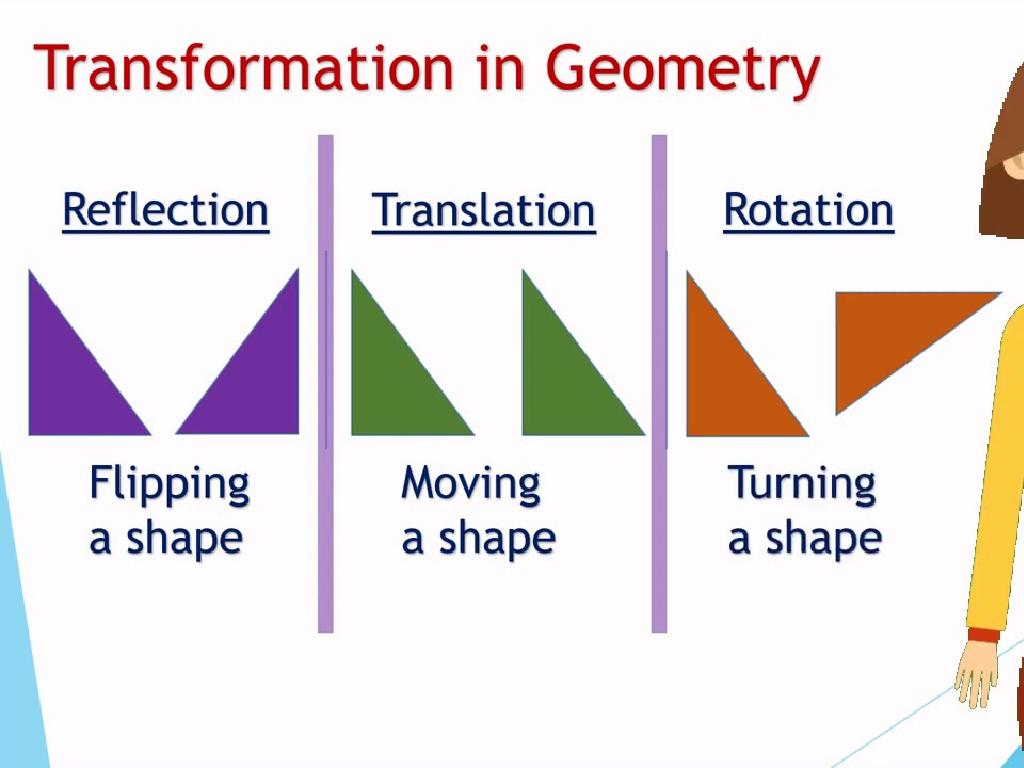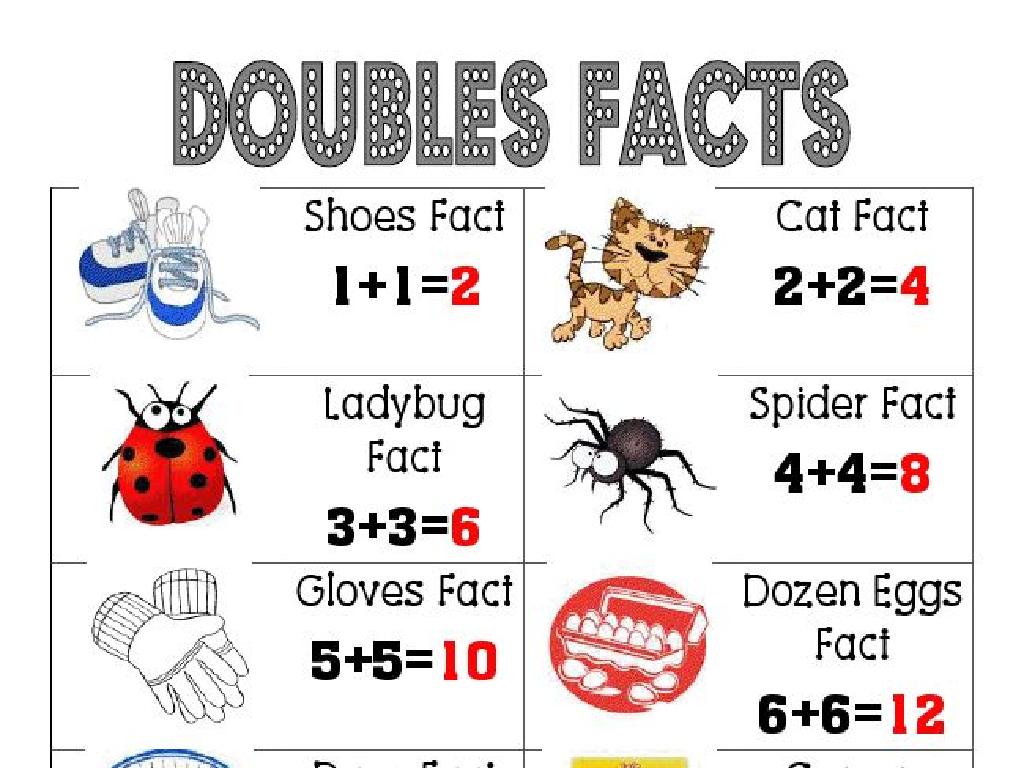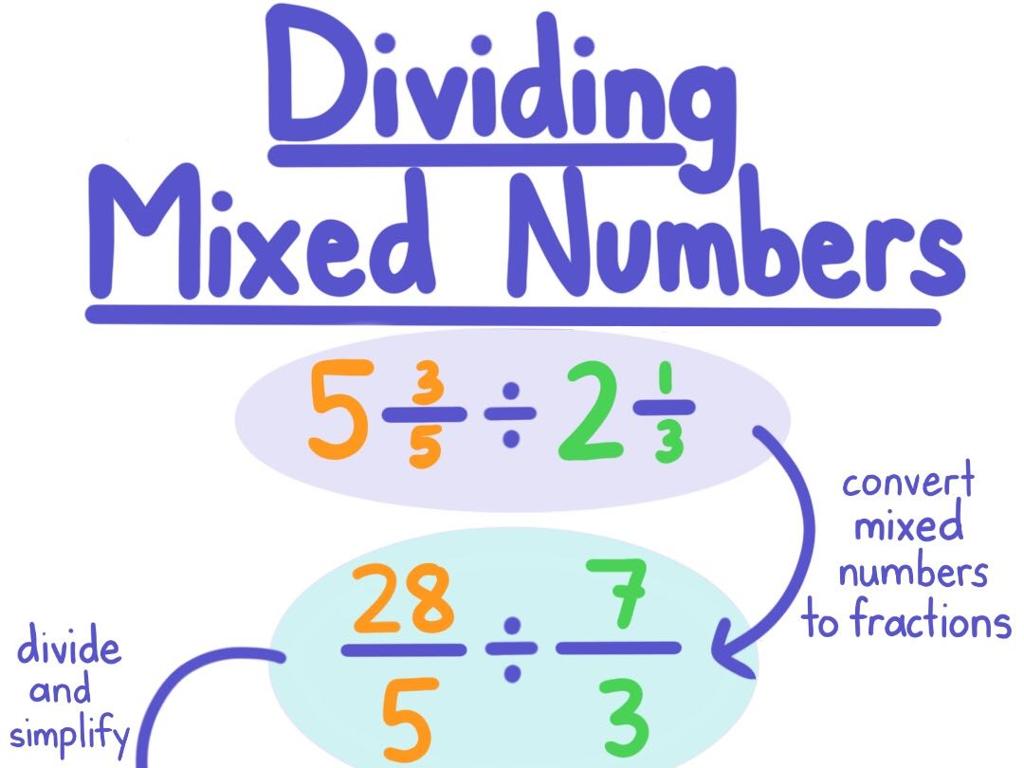Different
Subject: Math
Grade: Kindergarten
Topic: Same And Different
Please LOG IN to download the presentation. Access is available to registered users only.
View More Content
Exploring ‘Different’ in Math Class
– ‘Different’ means not the same
– Spot things that are not alike
– Like apples and oranges, or cats and dogs
– Play ‘Find the Difference’ game
– Look at pictures, find items that don’t match
– Draw items that are different
– Use colors or shapes that stand out
|
This slide introduces the concept of ‘different’ to Kindergarten students in a fun and interactive way. Start by explaining that ‘different’ means things that are not the same. Use simple, relatable examples like comparing fruits or animals. Engage the students with a ‘Find the Difference’ game using picture cards or illustrations where they have to spot items that are not alike. Encourage them to draw and color items that are different, focusing on attributes like color, size, or shape. This activity will help them understand the concept of ‘different’ and develop their observation skills. Make sure to provide a variety of examples and praise their efforts to boost their confidence.
Exploring ‘Different’
– ‘Different’ means not the same
– Things vary in size, shape, color
– Like big and small balls, or red and blue squares
– We’ll see examples of ‘different’
– Compare apples and oranges, or 2 and 3 cookies
– Understanding ‘different’ is fun!
|
This slide introduces the concept of ‘different’ to Kindergarten students. Start by explaining that ‘different’ is when things are not the same. Use tangible examples like toys of various sizes, shapes, and colors to illustrate the point. Show them objects and ask them to identify how they are different from each other. This will help them understand the concept in a fun and interactive way. Encourage the students to participate by picking out differences they see in the classroom or in the examples you provide. This activity will enhance their observational skills and their ability to compare and contrast objects.
Spot the Difference Game
– Find the unique object
– Observe color differences
– Is one object red while the others are blue?
– Notice shape and size
– Does one object have more sides?
– Ready for a fun game?
– We’ll play a game to spot differences!
|
This slide introduces a playful activity to help kindergarteners understand the concept of ‘different’ by spotting the unique object among a group. Encourage the children to observe the color, shape, and size of objects to distinguish the one that doesn’t match the others. For example, if there are three circles and one square, the square is different because of its shape. Use real-life objects or pictures to make the game interactive. Rotate between different sets of objects to ensure all children stay engaged and have a chance to participate. This activity will enhance their observation skills and their ability to compare and contrast.
Exploring Different Numbers
– Numbers can be different
– Spot the unique number
– Which of these is not like the rest: 1, 2, 2?
– Different numbers, different amounts
– 3 apples vs. 5 apples shows different amounts
– Practice with examples
– Use toys or snacks to show how 3 is different from 4
|
This slide introduces the concept that numbers represent different quantities and can be different from each other. Start by explaining that just like objects, numbers can be different too. Engage the students with a fun activity where they identify the number that doesn’t match the others in a set. Reinforce the idea that different numbers mean different amounts by using tangible examples like apples or toys. Encourage the children to practice with real-life examples, which will help them understand the concept of quantity and numerical differences. This will lay the groundwork for basic math skills such as counting, comparing, and simple addition or subtraction.
Colors and Shapes: Spot the Difference
– Shapes & colors show differences
– Red square vs. blue circle
– A red square has 4 equal sides, while a blue circle is round
– Match same shapes & colors
– Can you find all the red squares and blue circles?
– Find shapes & colors that differ
– Which ones don t match? Let s find out!
|
This slide introduces the concept of identifying differences using shapes and colors, which are fundamental elements in kindergarten math. Start by explaining how shapes and colors can be used to distinguish between objects. Use visual aids like a red square and a blue circle to show clear differences in shape and color. Engage the students in an interactive activity where they match shapes and colors that are the same and identify the ones that are different. This activity helps develop their observation skills and understanding of the concepts of ‘same’ and ‘different’. Make sure to have a variety of shapes and colors for the activity to ensure that all students can participate and learn.
Class Activity: Find the Different One
– Let’s play ‘Find the Different One’
– Circle the different object on your worksheet
– Use your crayon to circle the unique item
– Each row has one object that’s not like the others
– Look for differences in shape, color, or size
– We’ll share our findings with the class
|
This activity is designed to help Kindergarten students recognize differences among a group of objects. Provide each student with a worksheet that has several rows of pictures, where each row contains objects that are mostly the same with one that is different. Instruct the children to circle the object that doesn’t match the others in each row. This could be due to color, shape, size, or another attribute. Once everyone has completed the activity, have a discussion with the class to share what they found and why they think those objects were different. This will help reinforce observational skills and the concept of ‘different’. Prepare to offer guidance and praise as they work through the activity.
Celebrating Differences
– Congratulations on learning ‘Different’
– ‘Different’ means not the same
– Like red apple vs green apple
– Spot differences in size, shape, color
– A big circle is different from a small square
– Counting differences in numbers
– Like 3 cookies vs 5 cookies
|
Well done to all the students for exploring the concept of ‘Different’ today! Reinforce the idea that ‘different’ means things are not the same, which can be in various attributes like size, shape, color, and number. Encourage the kids to observe their surroundings and spot differences, making them more aware and enhancing their cognitive skills. Use simple, relatable examples such as comparing apples of different colors or counting different numbers of objects. This will help solidify their understanding of the concept. Keep the learning fun and interactive, and praise their efforts to boost their confidence.






